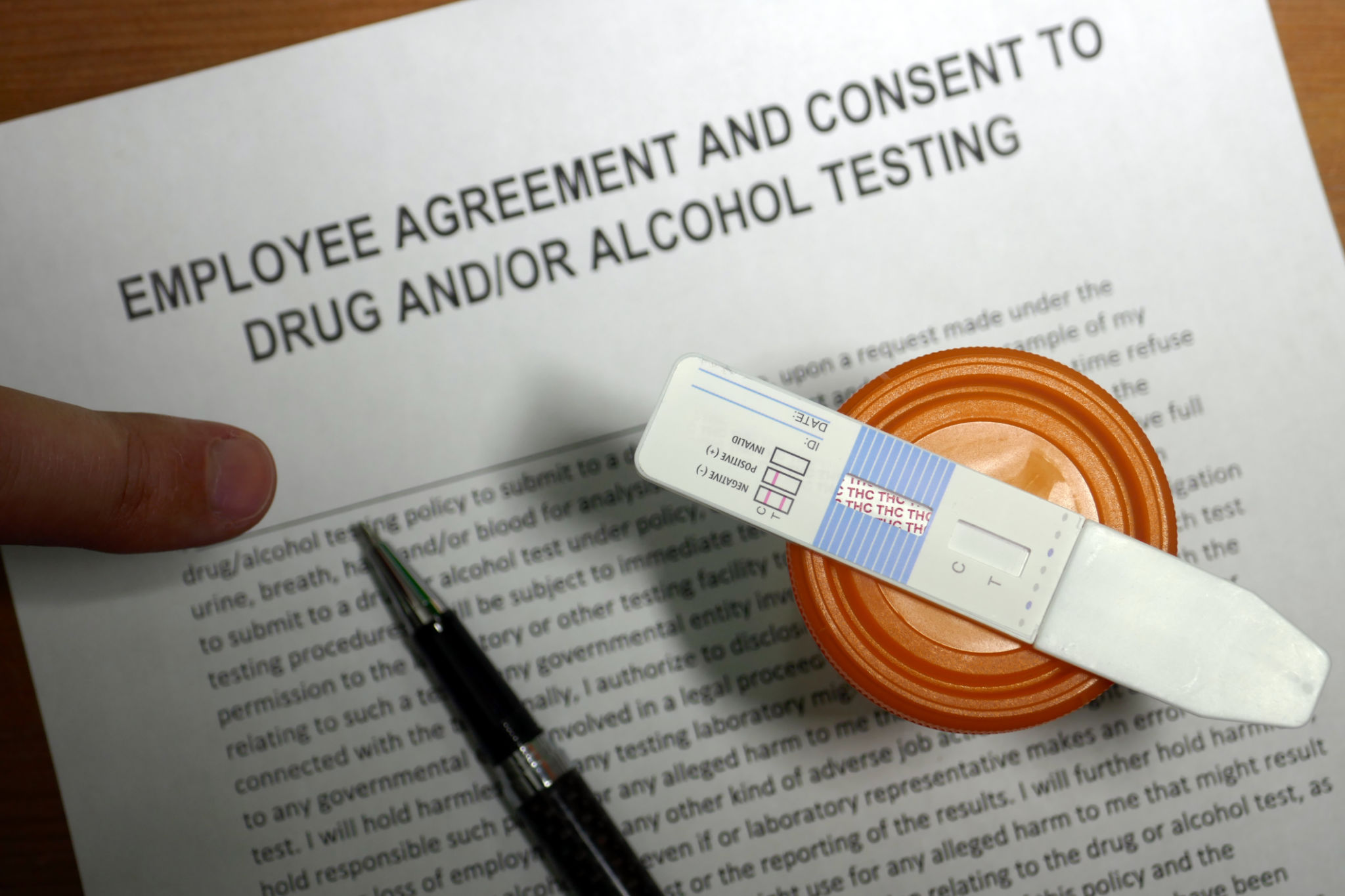Understanding Non-DOT vs DOT Drug Testing: What Employers Need to Know
Understanding the Basics of DOT and Non-DOT Drug Testing
For employers, ensuring a safe and productive workplace often means implementing drug testing programs. However, understanding the differences between DOT (Department of Transportation) and non-DOT drug testing is crucial in maintaining compliance and effectiveness. The testing type you choose can have significant implications for your business operations and employee management.
DOT drug testing is federally mandated for employees in safety-sensitive positions, particularly in transportation sectors. This includes those who work with commercial vehicles, pipelines, and other critical infrastructure. Non-DOT testing, on the other hand, is not regulated by federal law and is typically used by private employers seeking to maintain their own drug-free workplace policies.

Differences in Regulations and Procedures
DOT Testing Requirements
DOT drug testing is governed by stringent federal regulations. These tests are standardized across all relevant industries to ensure safety and consistency. The procedure typically involves a five-panel test covering substances like marijuana, cocaine, opiates, amphetamines, and PCP. Employers must follow specific protocols for sample collection, testing, and handling of results.
Non-DOT drug tests are more flexible and can be customized to include additional substances beyond the standard five-panel test. Employers can decide which drugs to screen for based on their unique workplace needs and industry requirements.

When to Use DOT vs Non-DOT Testing
Appropriate Contexts for Each Type
Employers in industries regulated by the DOT, such as trucking or aviation, are required to follow DOT testing protocols. For businesses outside these sectors, non-DOT testing provides the flexibility needed to tailor a program to specific workplace policies. It's important for employers to understand the legal obligations that come with DOT testing and ensure they remain compliant with all federal guidelines.
Non-DOT testing might be preferable for employers in industries without federal regulation. This type of testing allows for more control over the testing process, including the choice of substances tested and frequency of testing. Customizable options can be particularly advantageous for companies looking to address unique workplace challenges.

Benefits of Each Testing Method
Ensuring Safety and Compliance
The primary benefit of DOT drug testing is its role in promoting safety across critical sectors. By maintaining high standards, these tests help prevent accidents and ensure public safety. Compliance with DOT regulations also protects companies from potential legal liabilities related to drug use in the workplace.
Non-DOT testing offers the advantage of flexibility and can be adapted to fit the culture and needs of a particular organization. It allows employers to implement comprehensive drug-free workplace policies that go beyond the minimum requirements set by federal regulations.
Conclusion: Making an Informed Decision
Ultimately, the choice between DOT and non-DOT drug testing should be based on a company’s industry requirements, workforce needs, and safety priorities. Employers must weigh the benefits of each option and consider legal obligations when designing a drug-testing program.
By understanding these differences, employers can create a safe environment that supports productivity while remaining compliant with applicable laws. Both DOT and non-DOT testing have their place in ensuring workplace safety, and choosing the right approach is essential for effective management.

